The Wonderful Album Covers of Sparks
By Madeline Bocaro
© Madeline Bocaro, 2008. No part of this site may be reproduced in whole or in part in any manner without permission of the copyright owner.
Back in the days of vintage vinyl, before recorded musical experience is complete, our first impression was the album cover. Many were designed by the record companies. Some artsy, some bland, and some were works of art. Sparks’ album covers are always as inimitable as the music inside. On some we find the frail Mael brothers in peculiar predicaments, usually victimized in some way, or in alluring poses, in self-mockery and occasionally absent. Which is your favourite? Which one is their Sgt. Pepper?

Demo Album
The demo version of the ‘Halfnelson’album was packaged in a large rectangular box resembling a restaurant checkbook. A hand-written bill for ‘$100,000 For One Halfnelson Album’ was scrawled on the checkbook. Inside were photos, a bio, and the vinyl disk.
Russell: We always subscribed to the theory that the packaging was an essential part of one’s presentation, even at this stage when we didn’t know what the hell we were doing.
Debut album: Halfnelson
This cover is reminiscent of a newspaper photograph from the Christine Keeler scandal in 1963.

The actual Oldsmobile ad:


Was that really Grace Kelly in the car and if so, why didn’t she take legal action?
Russell: No, it wasn’t Grace Kelly, but rather a woman model who was showing off a brand new 50’s car on a promo photo from an old car show brochure. We cut our photos into that photo. We actually went to the legal step of asking permission from the auto company before using the photo. Kind of like an early form of sampling.
Sparks
The original Halfnelson cover was replaced by the brick wall artwork/band shot.
Russell: Yes, Ron designed the brick wall cover using photos from Larry Dupont, a photographer/friend of the band. Sparks went off to become Sparks, Larry Dupont now builds and designs model train layouts for the Rich and Famous e.g. Jim Carrey, Frank Sinatra.

A Woofer In Tweeter’s Clothing
A shot of the entire band; the Maels, the Mankeys and Harley Feinstein.
Was this your idea of tweeter’s clothing?
Russell: We liked the idea of the front and back covers being nearly identical yet with some unexplained action having taking place on the back. The black and white photos were hand-tinted by the above mentioned Larry Dupont allowing me to have two different color checked suits at no additional expense.

Kimono My House
Who were the two geishas on the cover, or were they actually guys in drag? Did you ever send Rosemary Clooney a copy of the album?
Russell: The two girls were members of a Japanese dance company touring England in 1974. They are women, not men, not Ron, not me. We were very happy that Island Records allowed us not to have the name of the band nor the album title on the front cover. We thought the image alone would speak loudly enough. Try to get a company to go along with that concept today. We have not spoken with Rosemary Clooney.
IS THERE A GEISHA IN THE HOUSE?
By Madeline Bocaro ©

YES, there most certainly is!! And she is none other than the beautiful Michi Hirota, better known as ‘the one on the right’ on the infamous, iconic Kimono My House album cover. We located Michi in London, and were thrilled to have her as our special guest at Sparks’ complete performance of the album in Islington on May 18, 2008! More with Michi later, but first some history…
In 1974, Ron Mael made a mock-up of his Japanese-themed idea for the Kimono My House album cover. It was a vintage wartime photo of two geishas disdainfully holding their noses while displaying Sparks’ previous (second) album, A Woofer In Tweeter’s Clothing. The flippant spirit of this photo was retained for the actual Kimono cover, which is often voted one of the best album covers of all time.
The photographer, Karl Stoecker was known for his striking glamour girl shots on Roxy Music’s album covers. Their 1972 debut album featured model Kari-Ann (Mick Jagger’s sister-in-law), who also graced Mott The Hoople’s The Hoople cover. Then came Roxy’s For Your Pleasure with Salvador Dali’s muse Amanda Lear walking a panther on a leash, and of course Playboy’s Playmate of the Year, Marilyn Cole on Stranded, both in 1973. London’s swinging 60s designer Ossie Clark’s model, Gala Mitchell was shot for the back cover of Lou Reed’s Transformeralbum. Within six months of shooting the Kimonocover, Karl Stoecker shot Roxy’s next one for Country Life (released in October, 1974) which featured not one, but two cover girls in very sheer undies! They were later air-brushed due to censorship.
Roxy’s singer, Brian Ferry was a student of painter (and some say, the actual progenitor of Pop-art) Richard Hamilton at Newcastle University. Hamilton created the stark, minimalist cover of The Beatles(the white album in 1968). It followed up, and strikingly contrasted Sgt. Pepper’s psychedelic cover bursting with colour. Hamilton’s philosophy was,“Pop Art should be popular, transient, expendable, low-cost, mass-produced, young, witty, sexy, gimmicky, glamourous and big business.”According to Bryan Ferry, “Most LP covers of the time had the group standing in an alleyway, looking very sullen and moody.”Karl Stoecker’s Roxy Music covers changed all of that.
Stoecker shot the two garish geishas for Kimono My Housewith smeared makeup and disheveled hair – the antithesis of Roxy’s classy covers. They seemed to be laughing in the face of album art, while at the same time making history as one of its greatest examples. One of them seems to foresee this – with a wink!
Russell Mael: “We were very happy that Island Records allowed us not to have the name of the band nor the album title on the front cover. We thought the image alone would speak loudly enough. Try to get a company to go along with that concept today!”
The chosen cover photo was actually an outtake, shot near the end of the photo session. The models were from Japan’s Red Buddha Theatre, performing in London at the time. The troupe’s musical director was the renowned Taiko percussionist Joji Hirota. The winking geisha on the right is Michi Hirota, his wife. The couple also crossed paths with David Bowie. Joji was musical director of The Lindsay Kemp Dance Company. Kemp had been Bowie’s mime mentor in the 1960s. Michi Hirota also provides the memorable abrasive spoken Japanese vocals on the song “It’s No Game (Part 1)” on Bowie’s 1980’s Scary Monsters album.
Now we catch up with Kimono My Housecover girl, Michi Hirota…
What led you to become a model on the cover of Kimono My House? Michi: We were both actresses touring with a Japanese theatre company in Europe and the USA. My husband Joji Hirota was musical director. A record company (Island records) approached our director looking for Japanese women, and we were asked to do the modeling. I am the woman on the right (with a fan).
Do you know the whereabouts of the geisha on the left? Michi: I have no news about the other lady since I left the Japanese theatre company at that time, however her maiden name was Kuniko Okamura. She married a Frenchman soon after finishing our tour and bore 4 children
What kind of instructions did Ron, or the photographer give you? Michi: We were not told much, they just let us move freely. We didn’t know how to arrange our hair properly or how to fix our kimono. There was nobody to dress us. The session took 4 or 5 hours.
Karl Stoecker also photographed models for the Roxy Music album covers. Did you ever work with him again? Michi: I’ve heard that he is the one of the foremost photographers in the world, but unfortunately I never had a chance to work with him. (I would like to, if he is looking for an old Japanese lady!)
What did you think when you first saw the photo on the album cover? Michi: It had such an impact, however I thought that I looked bit ugly.
Are there any other photos from that session, besides the famous cover shot? Michi: Yes, I kept one Polaroid photo in which I looked rather Kawaii (cute in Japanese), which Karl dropped on the floor. Hope this is OK with him. I keep it in my personal photo album.
What did you think of the Kimono My House album when you first heard it?Michi: Very unique, unusual, and inspiring voices!
Have you ever seen a Sparks concert? Michi: Not until now!
What have you been doing all these years? Michi: I continued acting (mainly singing, dancing, and acting for the theatre) until in my late 30’s. I performed in The King and Iwith Yul Brynner in London, and sang on David Bowie’s Scary Monsters album. Now I assist with my husband’s administration work, and also attend ballet class for my pleasure.
Many thanks to our lovely cover girl. It’s been an honour!
Propaganda
Abducted, bound and gagged in varied modes of transport. Where did the kidnappers finally take you, and what was the ransom?
One of their best gags!
Russell: We shot this on the south coast of England in a gale force wind. That look in our eyes is not acting! We were freezing! The photographer had originally suggested that we be bound and gagged and dropped from an airplane with parachutes on, and he would photograph us from the air as he too descended. We declined his kind offer.
Again, (as with Kimono My House) there was no band name to deface the cover art. A sticker identified it as the newest Sparks album.
Bound For Glory: The inner sleeve finds the brothers trying to break their ties, just out of reach of a lifeline.
On the back cover, the brothers are held hostage at a petrol station in West London’s Westbourne Grove, in the rear of a car (a Humber). Their captors – band mates Ian, Dinky and Trevor – are fiendishly deciding their fate.
Indiscreet
A suburban plane crash. Was this just a contrived excuse for Russell to wear pilot’s gear?
Ron: Despite Russell liking to show off his new jumpsuit, we first started with the concept of wanting to be photographed in a potentially disastrous situation that in the end miraculously turned out OK. Here Russell crash-landed in suburbia with one of the ‘neighborhood men’ checking out the damage. That’s a film studio painted backdrop which we had taken to a small airport in the Valley and set up outside behind where the actual plane crash had taken place.
A fake suburban backdrop was set behind a small plane, obtained from a small airport in Burbank, CA where they stored some planes that had been in mishaps. An outtake from this photo session reveals rescue flares in the foreground – an amusing aspect that was cropped out of the final cover shot
The back cover finds the band lounging around a swimming pool. Outtakes from this session by Gered Mankowitz show arresting photos of the group dressed in LAPD officers’ uniforms.
Big Beat
An Avedon glamour shot. Were you happy with the results? (You both look dapper!)
Russell: We had always wanted to work with the renowned photographer Avedon and finally got the opportunity. Our only disappointment however was that the process was more like a factory where you are shot for 20 minutes, are handed your proof sheets, and sent merrily on your way. Photographically, we were very happy with the results.
Introducing
A side for each brother; Russell is technically on the front (although sideways, as the spine is at the bottom of the photo and the opening on top). Was there a subliminal message behind the ruby rings?
Russell: We liked the idea of there actually being no front or back cover, that they were in fact the same image but with a different one of us on each side. We thought it would look cool in shops that randomly, either Ron or myself would be the featured cover. The rings were only a detail that we felt helped better color-coordinate us with our shirts. There’s your symbolism theory shattered.

(The cover was created by photographer Bob Seidemann, who also shot the infamous Blind Faith album cover (August, 1969), which provoked great controversy. The cover featured a topless pubescent girl, holding a silver space ship. Some perceived the ship as a phallic symbol. The image, titled “Blind Faith” by Seidemann, became the inspiration for the name of the band itself, which had been unnamed when the artwork was commissioned. According to Seidemann: “It was Eric who elected to not print the name of the band on the cover. The name was instead printed on the wrapper, when the wrapper came off, so did the type.” ( This had been done previously for The Rolling Stones’ 1964 debut album, The Beatles’ albums Rubber Soul (1965) and Revolver (1966) and Traffic’s self-titled 1968 debut album.)
Yes, I like this album cover. So sue me. Yes, its artistic merits have not been besmirched by the controversy over whether you can admit to liking a striking photograph of an unclothed girl holding a chrome replica of an aeroplane resembling a hood ornament of a 1950s American car. I do. And the setting (pre-Photoshop) against an impossibly sparkling grassy knoll and an equally perfect blue sky dotted with a few clouds is beauty to me. And the fact that the band and record label knew it would be all the more alluring without the need to hammer out the name of the group and the album’s title in 84 point Helvetica bold makes you love it even more. You knew it had to be an important band. The iconic design made you need this album. That and the fact that Stevie Winwood, Eric Clapton and Ginger Baker play on it. – Russell Mael, The Metro (11 March ‘09)
No. 1 In Heaven
Angelic nurse imagery. Are sexy nurses your idea of heaven?
Russell: Like I’ve always said, you can’t go wrong with a woman in uniform.
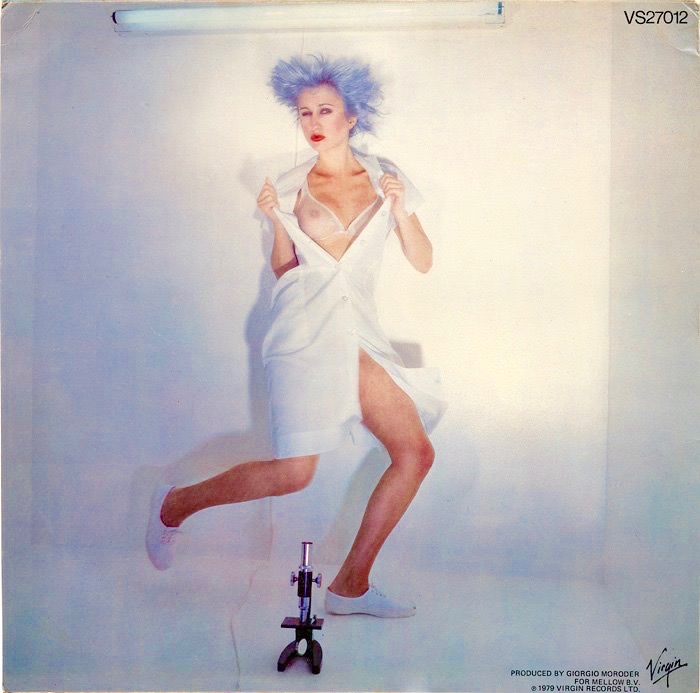
The high-paid fashion models on the album jacket – one white and one black – look cold and sterile yet still sexy, as their lab coats are blown upwards like Marilyn Monroe’s white skirt in that infamous photograph! Enroute to heaven’s laboratory they each hold a microscope, indicative of the groundbreaking musical experiment taking place on this record. The models were also featured on the stylized remix artwork. The “Tryouts For the Human Race” single sleeves and picture discs depicted robotic mannequin hands and test tubes, mixing 2 parts Rock with 2 parts Disco – and just a dash of Chemical X. The results were explosive!
Terminal Jive
Here we find the Maels jiving in a terminal. Was this the concept, or was your jive actually coming to an end?
Russell: We shot in various locations around London with slightly out of whack poses by Ron. The Safeway is still on Kings Road, and Victoria Station is still at Victoria Station. Harrod’s rarely allows photo sessions—they did not allow ours, hence the clandestine look on Ron’s face as he emerges from their elevator.
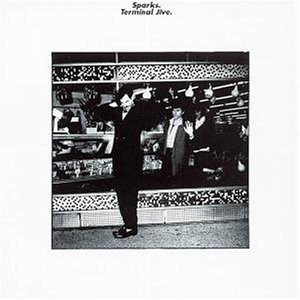
Whomp That Sucker
Russell is K.O’d and Ron is the victor. How many rounds did this take?
Ron: The cover was shot at a gym in LA, however we did a promotion in London for the release of the album where we actually did fight each other in a 5 round bout at the Hilton Hotel. We had several weeks of intense training at a seedy south London gym by a former English boxer.

Angst In My Pants
Russell in a sparkly suit, Ron as a lovely Mael order bride (their Niagara Falls honeymoon is documented on the inner sleeve). Do you sometimes feel like a married couple?
Ron: Well, we work together all of the time so we are forced to be hospitable to one another. Yet, we do go our separate ways once we punch out on the time clock at 6PM (5:30 on Fridays.)
The band appears on the back cover in silver sequined suits, posed like multiple Elvises with acoustic guitars.
In Outer Space
How many pies did it take to get exactly the right shot? Was this an homage to Soupy Sales, or did you just want to eat pies all day?
Russell: We only had seven pies to work with so it had to be gotten right in that amount of tosses. The pies had been frozen to keep their shape, but that made for a harder cream that Ron was forced to withstand. The best ‘looking’ toss unfortunately had some residual cream landing on me. So pre-Photoshop, the excess cream was retouched off of me.

The makeup artists and stylists must have felt useless, while the photographer himself (Larry Vigon) threw the pies at Ron. The album cover was re-lived in 2008 at Sparks’ performance of In Outer Space during their 21×21 concert series. Ron took a pie in the face from Russell, and remarked, “We were only supposed to recreate the albums on a musical level, but tonight we’ve recreated the cover for you… at my expense!”
The inner sleeve has a photo of the brothers at the Atomium in Brussels.
Pulling Rabbits Out Of A Hat
Ron as puppet-master. Once again, he has the upper hand. Who is the real manipulator behind Sparks?
Russell: A picture tells a thousand stories!
This was not the first time that Ron made a puppet out of Russell. Ron plays a ventriloquist in the 1980 Sparks video for “When I’m With You” to a Russell puppet that sits on his lap.
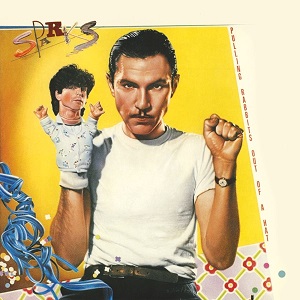
Music That You Can Dance To
A mysteriously blurred black & white image of the brothers. Anything else we should know about this?
Ron: Rocky Schenck is a great LA photographer. Much to his dismay, however, the cover photo that was the most appealing to us was the one where the floor light inadvertently fell over and we were only lit from behind. So out of about 500 shots taken, all perfectly lit, we selected the one black sheep.
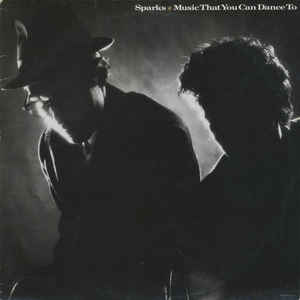
Interior Design
The Maels are conspicuously missing from this cover. What were you actually doing on the day of the photo shoot?
Russell: I guess this photo has a certain look akin to the original Halfnelson cover. A 1950’s stock photo that was doctored up. Every 14 albums or so, it’s a good idea to re-state your theme.
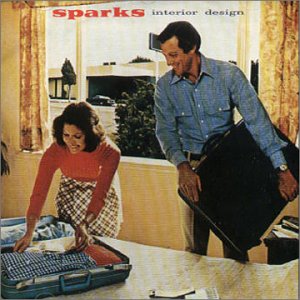
Gratuitous Sax & Senseless Violins
Scandalous tabloid stylings.
Do you secretly wish the National Enquirer would write an expose about Sparks?
Russell: It would be great to make the National Enquirer, yes, “Alien space monkey chews off Ron’s hands…end of a brilliant career!!”
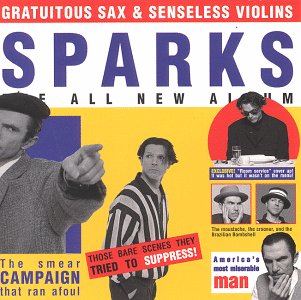
Plagiarism
Here we see a couple of bootlegged bodies. Are you aware that some folks are actually envious of your original physiques?
Ron: Some people think longevity in pop music is all about writing good songs…Well, in fact, it’s not only good songs, but also strong abs.

Balls
We come full circle with Balls. An artsy design by Ron Mael, in several different coloured jewel cases. How did this idea originate?
Russell: The simplicity of the visual was appealing to us. Ron made several prototypes of the shiny silver slipcase and different colored jewel cases to be able to present to the different record companies around the world to convince them of the design. Fortunately all the companies liked the idea. Our favorite contribution was from the Japanese label that produced just one color option, but in a stunning black. Very elegant.
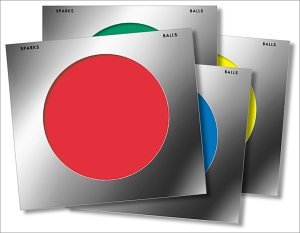
(Stay tuned for Part 2)
© Madeline Bocaro 2008. No part of the materials available through madelinex.com may be copied, photocopied, reproduced, translated or reduced to any electronic medium or machine-readable form, in whole or in part, without prior written consent Madeline Bocaro. Any other reproduction in any form without the permission of Madeline Bocaro is prohibited. All materials contained on this site are protected by United States copyright law and may not be reproduced, distributed, transmitted, displayed, published or broadcast without prior written permission of Madeline Bocaro.
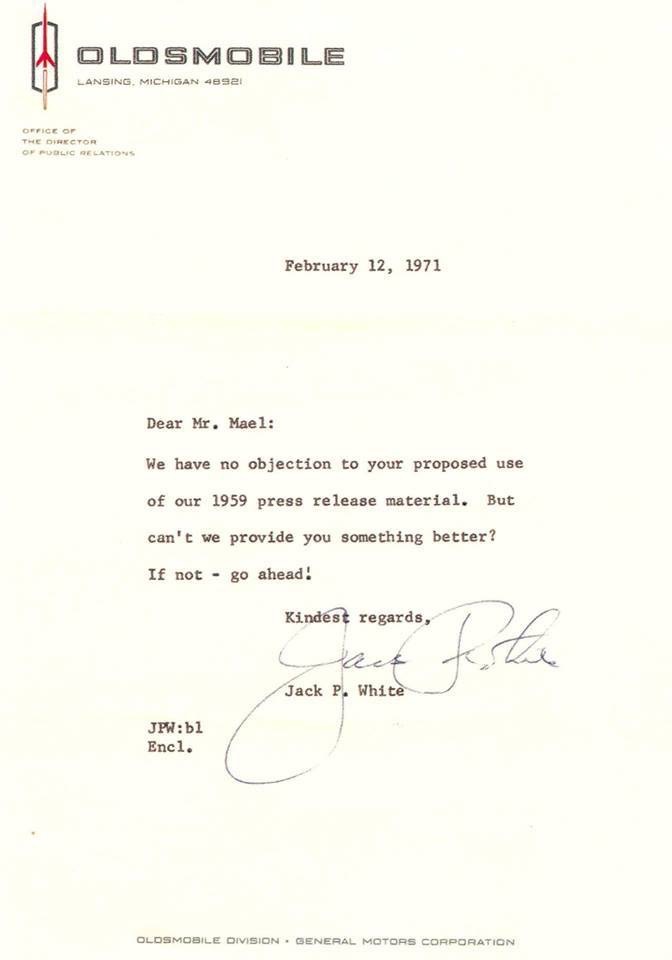

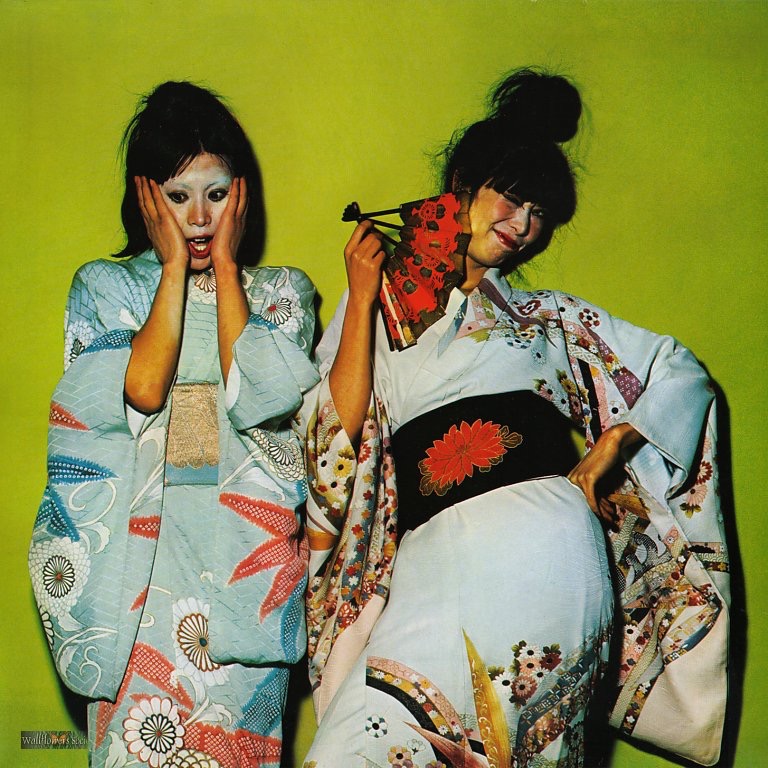





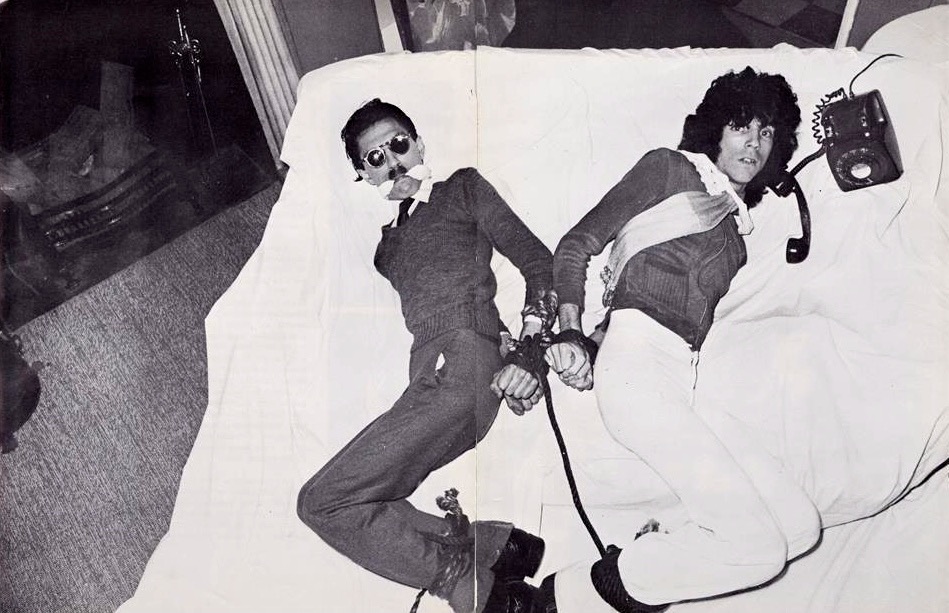
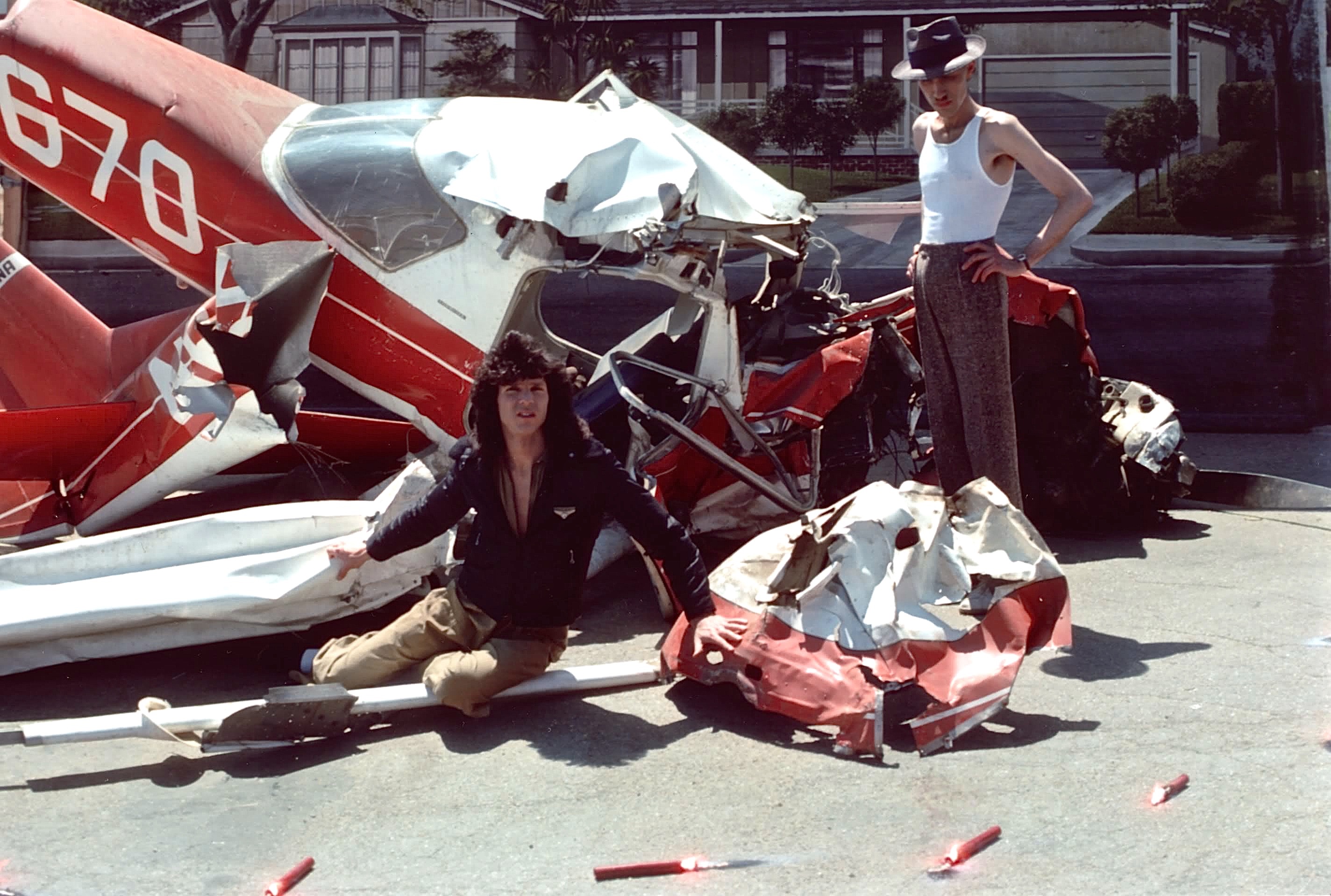



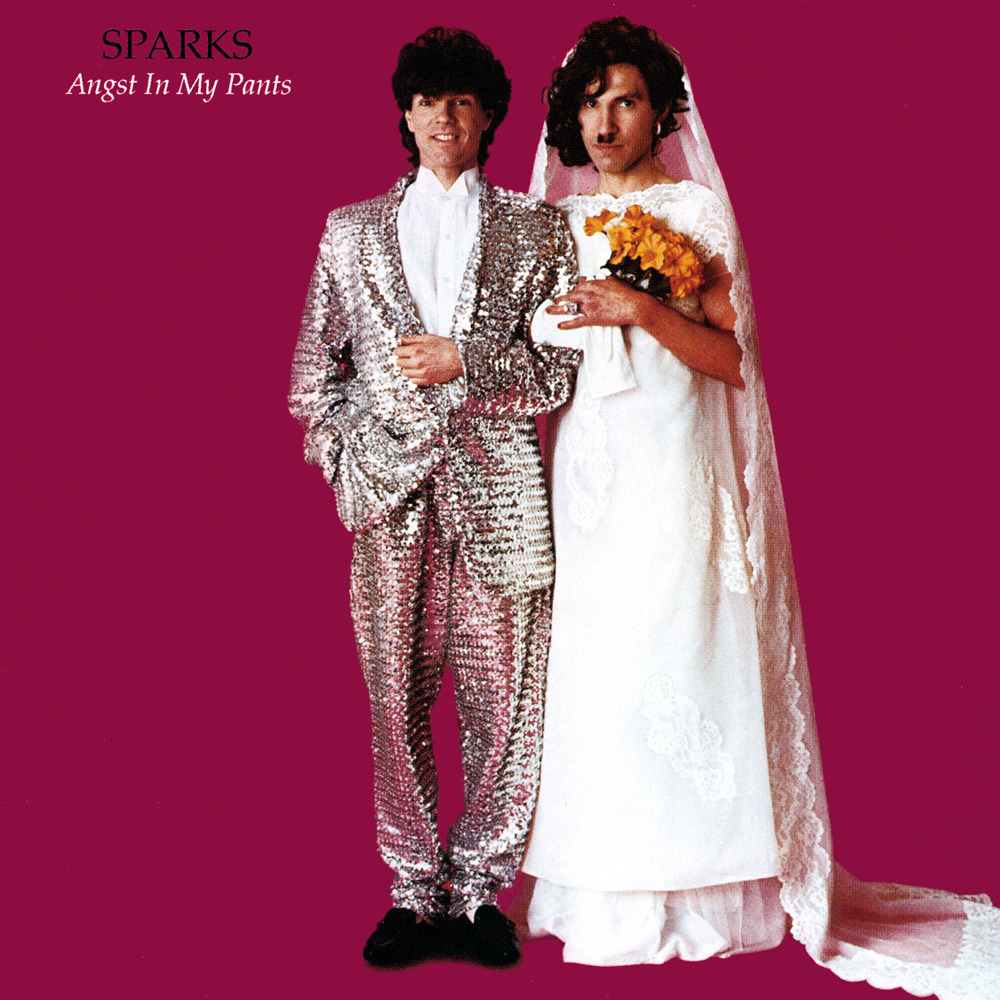

another great, deep post Madeleine.
Thank you very much!